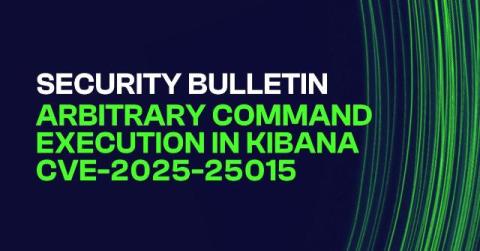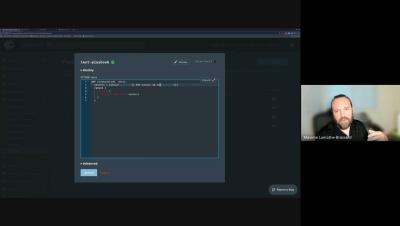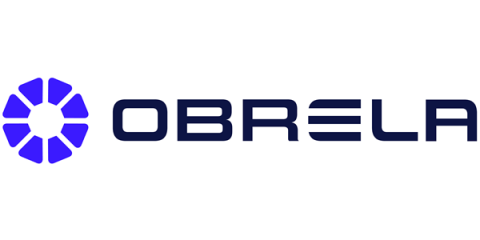Featured Post
Partnering to Overcome the Skills Gap in Cloud Computing
For organisations that are always trying to leverage the latest technology to gain an edge over their competitors, utilising public cloud computing is at the top of the list for most decision makers. The scalability and cost-effectiveness, along with businesses not needing to invest in traditional infrastructure and having it managed by a third party, offers a myriad benefits for companies in all industries.











